Gombo beach in San Rossore is a stretch of coastline which has been left to its natural evolution, and it is accessible only with a guided environmental tour. It represents one of the typical environments of the Park: the dune ecosystem with its flora and fauna characterized by small birds such as the Kentish plover, and then mammals, reptiles, butterflies and insects. Nearby you can find the Villa del Gombo, a stilt structure built in the late 1950s and made in wood and steel, an example of architecture that seeks to blend with the landscape and nature.
The Migliarino San Rossore Massaciuccoli Regional Park includes a 23 thousand hectares protected area and another 9 thousand hectares of the protected marine area of Secche delle Meloria. It extends from the sea inland between the provinces of Pisa, Lucca and Livorno. The main natural characteristic is given by this meeting between sea and land, with the presence of a dune system which in some areas become humid depressed areas, canals, blades, the Lake Massaciuccoli. The territory is crossed by the Serchio and Arno rivers with their mouths (the mouths of the venerable rivers), the new dead river and the old dead river with their naturalistic uniqueness. This is an area that has always had a strong relationship with man, as evidenced by the agricultural activities that have developed here and the proximity to the urban centers of Viareggio, Massarosa, Lucca, Vecchiano, San Giuliano Terme, Pisa, Livorno which have around 400 thousand inhabitants. The Regional Park Authority was founded in 1979 and has 7 estates. The heart of the Park is the San Rossore estate, owned regionally (it was first royal and then presidential) and managed directly by the Authority. The other estates are of mixed public (state, university or other) and private ownership.
History
The area of the San Rossore estate, in ancient times a marshy area annexed to the lagoon which reached south as far as Pisa, around the year 1000 underwent a notable increase in the ecclesiastical population with the birth of several monasteries. With the conquest of Pisa by the Florentines, the Medici rented the lands from the Chapter of Canons of Pisa and began its economic exploitation; wild grazing and hunting activities were practiced here, but it also started a collection of wood and some agricultural crops. In 1622, at the time of Ferdinand II, some specimens of dromedaries were also introduced, imported from Africa and destined to constitute a permanent presence on the Estate for over 300 years. Subsequently the Lorraine family took over the estate which passed to the Savoy family with the unification of Italy. The Piedmontese had many buildings built: among all the Sterpaia, born as a stable for the breeding of thoroughbred horses destined to participate in races with the royal colours. In this estate King Vittorio Emanuele III signed the shameful racial laws on 5 September 1938. In 1956 San Rossore became the property of the Presidency of the Republic, when by Giovanni Gronchi’s will the Villa del Gombo was rebuilt and the Sterpaia became a livestock centre. In 1979 the estate became part of the natural park of Migliarino, San Rossore, Massaciuccoli, established by regional law. In 1999, President Oscar Luigi Scalfaro donated the property of San Rossore to the Tuscany Region, which delegated its management to the Park Authority. In addition to safeguarding and enhancing the great environmental and naturalistic heritage of the Estate, the Institution manages its economic, agricultural and livestock activities, biological activities, guided tours and environmental tourism.
